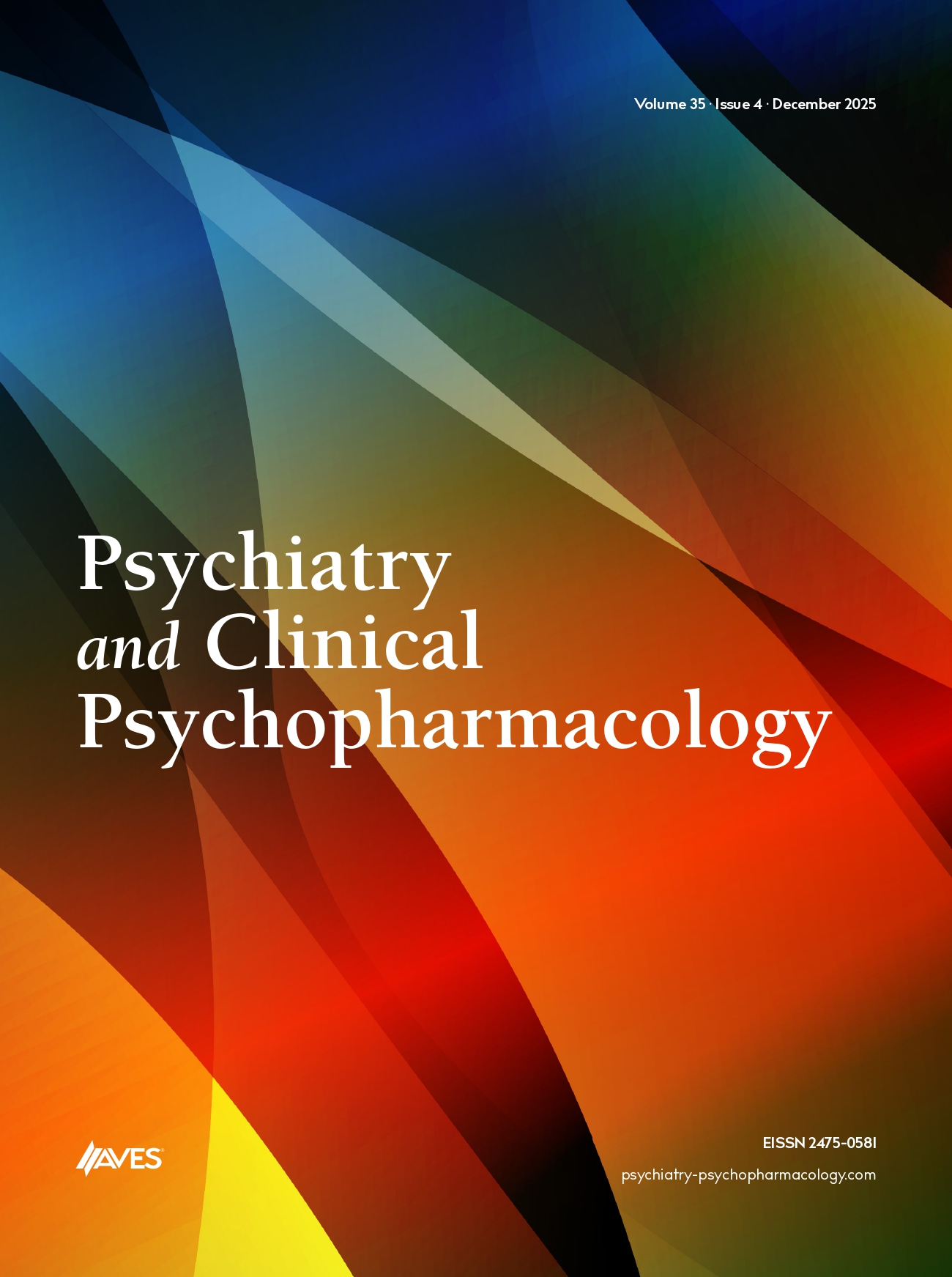Background: The objective of this research is to present the demographic and clinical features of
children diagnosed with autism spectrum disorder (ASD) in the past, who have achieved an optimal
level of improvement. One of the recurrent inquiries of the parents of children with an ASD diagnosis
pertains to the prognosis of their offspring and the potential for improvement. This study aims to
investigate children who lose the ASD diagnosis (LAD).
Methods: This study retrospectively reviewed the medical records of 1465 children and adolescents
aged 0-18 who were diagnosed with ASD between December 2017 and June 2021, and followed up by
a child and adolescent psychiatrist. The files of a total of 50 LAD patients were analyzed. In addition
to sociodemographic information, the patient's educational background, prenatal and postnatal
complications, developmental milestones, other medical conditions, medications used, symptoms at
the time of ASD diagnosis, and developmental/mental assessment results were also examined.
Results: A sample of 50 cases was obtained and analyzed. The majority of the sample consisted of
males, with a median age of 2.45 (min 1.17-max 7) years at the time of receiving the ASD diagnosis, and
5.5 (min 2.25-max 11.3) years at the time of losing the diagnosis. There was a positive and moderately
significant relationship between the age of receiving the diagnosis and the age of losing the diagnosis
(r=0.634, P < .001). Ninety-two percent of the sample received a mean of 2.29 ± 1.77 years of special
education. Additionally, 26% of the sample still had an additional psychiatric diagnosis, with attention
deficit hyperactivity disorder and speech sound disorder being the most common. Eighteen percent of
the sample was found to be taking medication, primarily risperidone.
Conclusion: This study shows that a subset of monitored children may lose their diagnosis, but further
research to determine the clinical characteristics, symptomatology, and biological factors of this group
of children will be more informative regarding optimal outcome processes.
Cite this article as: Gürbüz Özgür B, Nasıroğlu S, Özbay HC, Aksu H. Sociodemographic and clinical characteristics of children who lose the autism spectrum disorder diagnosis. Psychiatry Clin Psychopharmacol. 2025;35(3):253-260.


.png)
.png)